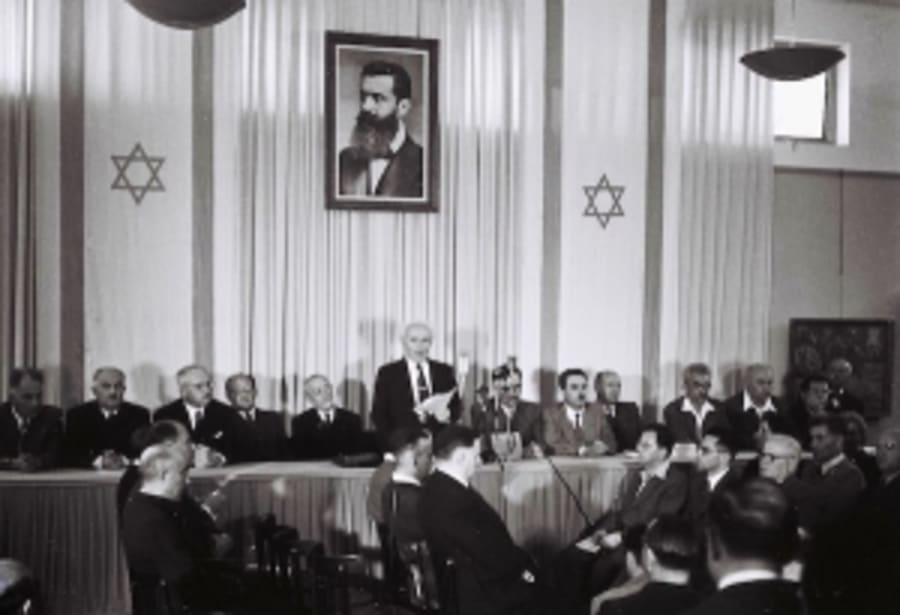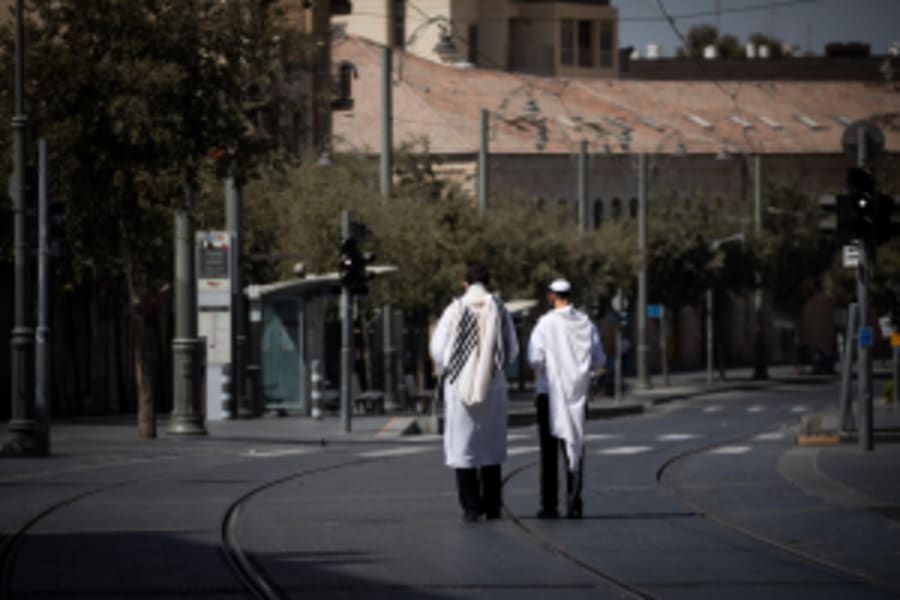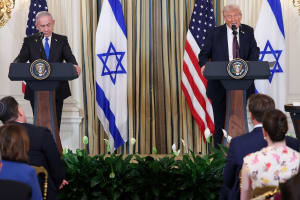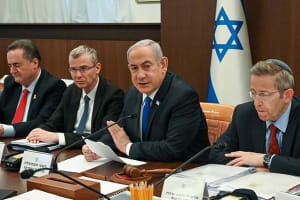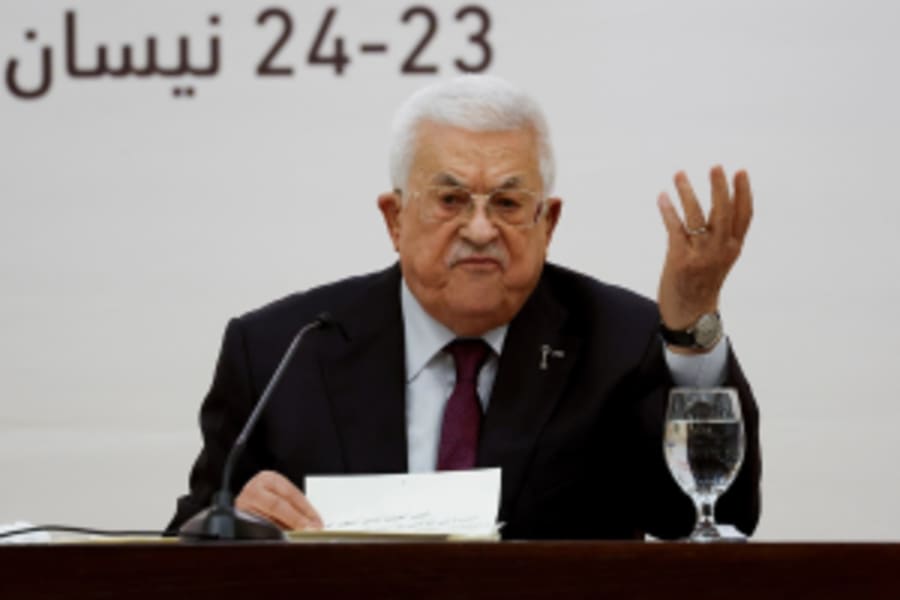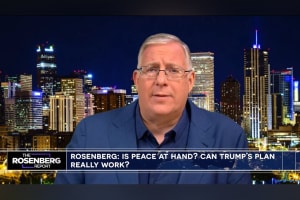When do hostages return – Will Hamas disarm? All the details available about the Gaza Peace Plan
Ceasefire begins Thursday evening, Israeli withdrawal expected for Friday
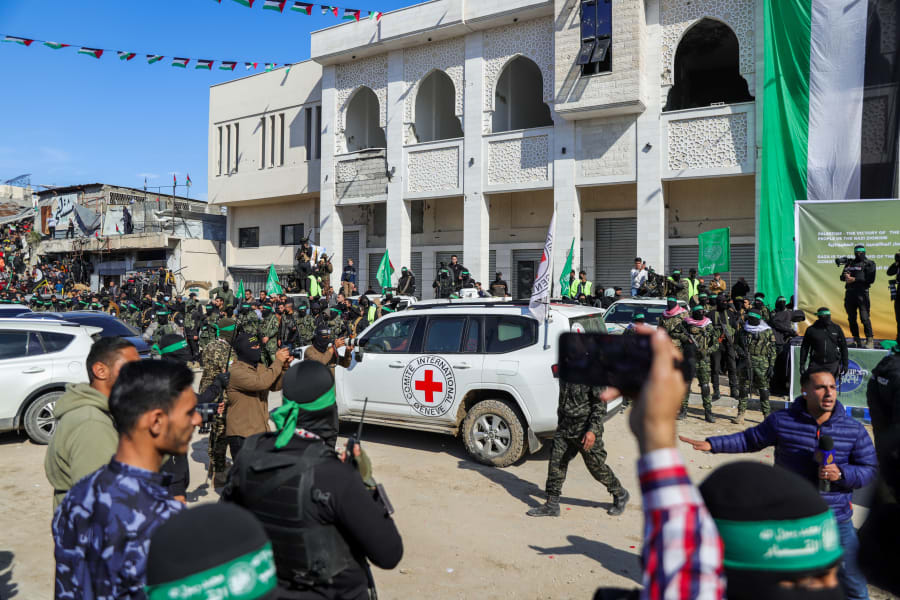
U.S. President Donald Trump declared that Israel and Hamas had reached an agreement to end the war early on Thursday morning, Israeli time.
Since then, statements from Israel, Hamas, and several mediating countries have confirmed that both sides had agreed on a deal based on the American 20-point plan presented last week – but have not yet provided any new details.
Hamas had responded to the proposal with a partial agreement, and representatives of all sides have negotiated over several points in the past days, leading up to the agreement.
Trump’s statement was cautiously worded, only referring to an agreement on the “first phase.”
“This means that ALL of the Hostages will be released very soon, and Israel will withdraw their Troops to an agreed upon line as the first steps toward a Strong, Durable, and Everlasting Peace,” he wrote.
Al-Arabiya reported that negotiations over the final draft of the ceasefire agreement and formulations for the next stages of the deal will continue throughout Thursday.
The first few steps are relatively clear.
The Israeli Security Cabinet will convene at 5 p.m. on Thursday, and an hour later, the full government will meet to authorize the release of 1,950 Palestinian prisoners, including 1,700 Gazans detained during the war and 250 terrorists serving life sentences, in exchange for the Israeli hostages.
On Thursday morning, an Israeli official in the negotiating team told the Times of Israel that negotiators were still “working on completing the details of the agreement, with an emphasis on the list of terrorists to be released.”
However, several Israeli media outlets reported that Israel would not release Hamas’ captured Nukhba terrorists who spearheaded the invasion and massacre on Oct. 7, nor big-name terrorists like Marwan Barghouti and some other well-known names.
After the government’s approval, the official ceasefire will enter into force.
Next, the Israel Defense Forces will pull back its troops to a first, “yellow” withdrawal line. The withdrawal is expected to start on Friday, and once this is accomplished, the 72-hour countdown to return all hostages will start.
An Israeli official told Ynet News that the modified version of Trump’s “yellow line” that he presented last week does not endanger Israel’s security. “It guarantees us entry wherever needed if, God forbid, we must return,” he said.
At this stage, Israel will retain control of about 53% of Gaza’s territory.
The military confirmed Thursday morning that it began to prepare “to transition to adjusted deployment lines soon.”
Israel has demanded that Hamas release the hostages without resorting to the kind of propaganda displays it has staged in the past.
Israeli Ambassador to the U.S. Yechiel Leiter told CNN that the living hostages would be released on Sunday or Monday.
“We hope it leads to a complete cessation of hostilities and a rebuilding of Gaza for the sake of the Gazans and for the sake of Israel,” he said, but cautioned that this is “the first stage, and we’ve got to see the first stage implemented completely in the next few days.”
An Arab diplomat told The Wall Street Journal that mediators from Qatar, Egypt and Turkey worked hard to convince Hamas to accept assurances from the U.S. that Israel would not resume the war once the hostages are released.
Senior Hamas official abroad, Osama Hamdan, said in an interview with Qatar's Al-Araby TV: "The agreement between the two sides is for a final end to the war in Gaza. The central point of the agreement is the cessation of the war. The mediators have provided guarantees that Israel will not violate it, and they left the official announcement of the agreement to the American side."
Arab reports suggested that Hamas’ weapons would be “frozen,” without explaining what this would mean in practice. In the past, ideas were floated that Hamas would collect and deposit its weapons in warehouses in the Gaza Strip, which would be under the authority of Arab states.
On Thursday, Egypt’s Head of the State Information Service Diaa Rashwan said Hamas’ weapons would not be handed over to Israel or any non-Arab party. In an interview with Al Arabiya TV, he added that it remains unclear who would ultimately take possession of the weapons.
“The agreement refers to an independent committee, and therefore, this independent committee may be Egyptian, or Egyptian-Arab, or Egyptian-Arab-Palestinian. I rule out the possibility of a purely Palestinian one, since Prime Minister Netanyahu opposes the entry of the Palestinian Authority into Gaza at this stage,” he said.
A senior Hamas official in Lebanon, Ahmad Abd al-Hadi, told the Hezbollah-affiliated Al Mayadeen news outlet that Hamas’ weapons are not currently on the negotiating table.
He added that the agreement also stipulated the daily entry of between 500 and 600 humanitarian aid trucks to Gaza through UN organizations – and not the U.S.-backed Gaza Humanitarian Foundation.

The All Israel News Staff is a team of journalists in Israel.
You might also like to read this:





